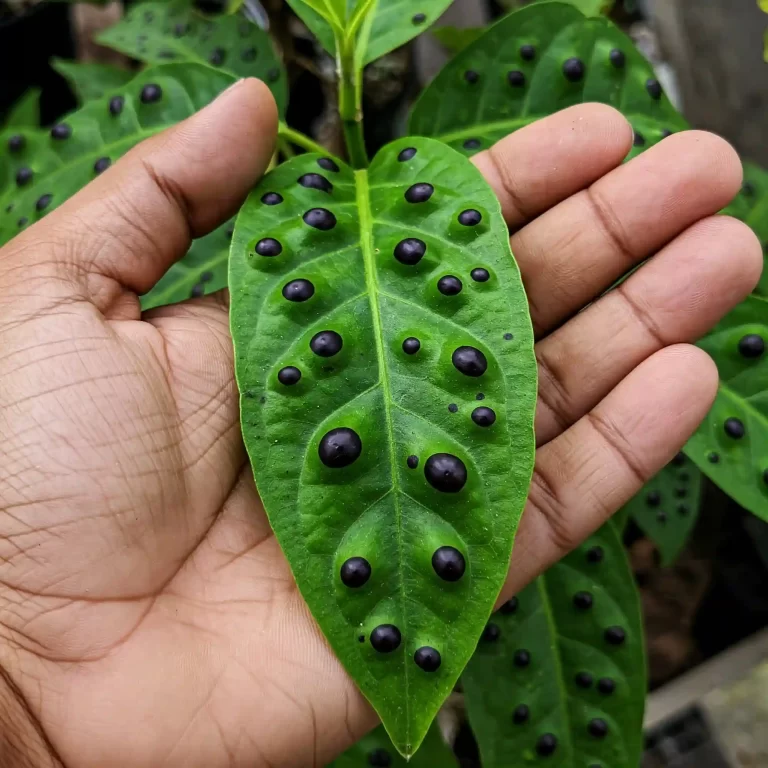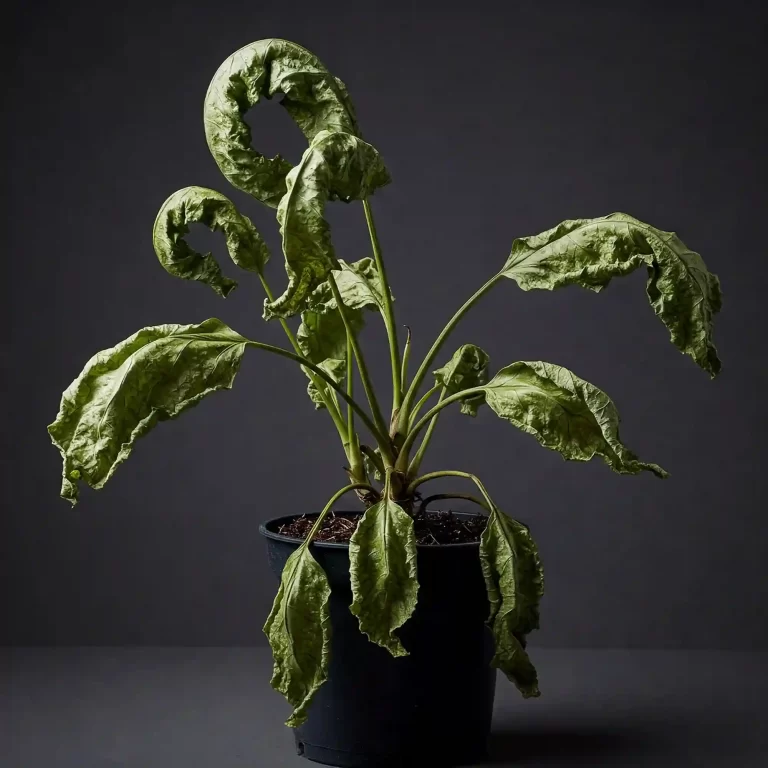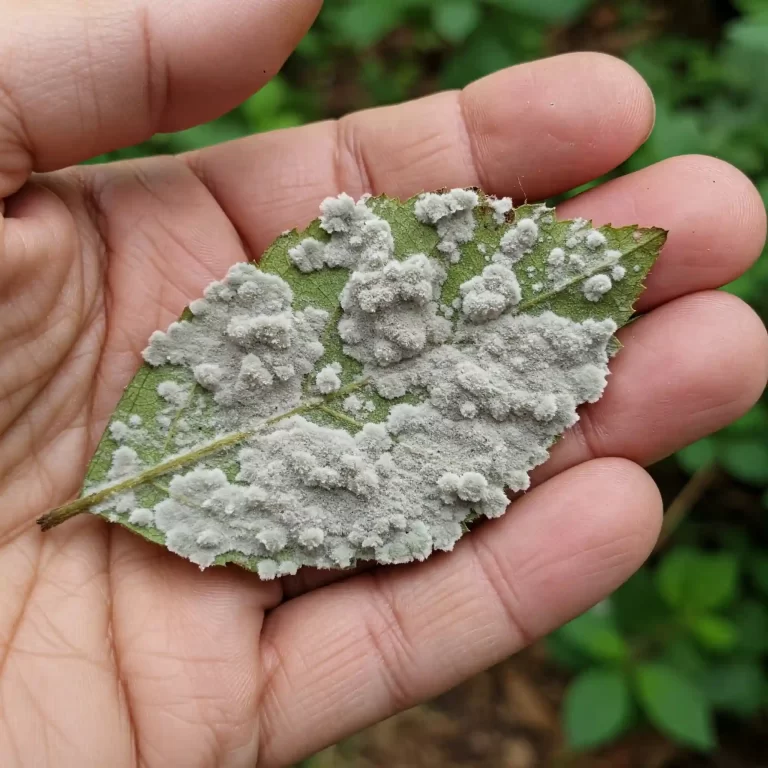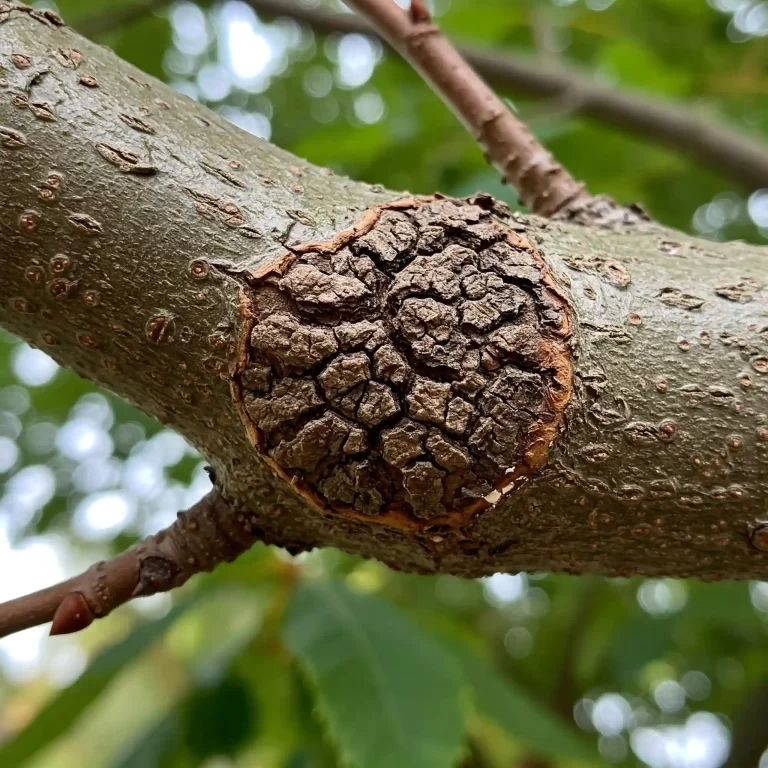Everything you need to know about the shingle vine plant, its origin, characteristics, and care requirements
| Key Takeaways |
|---|
| – The shingle vine plant, also known as Rhaphidophora hayi or Rhaphidophora cryptantha, is a rare and beautiful climbing plant that belongs to the aroid family. |
| – The plant has glossy, heart-shaped leaves that are either solid-green or have silvery veins, depending on the species. The leaves grow flat and tightly against the surface they attach to, creating a stunning shingling effect. |
| – The plant is native to the lowland rainforests of Southeast Asia and Australia, where it grows as an epiphyte on trees and rocks. |
| – The plant prefers bright, indirect light, regular watering, high humidity, and occasional fertilization and pruning. |
| – The plant can be propagated by using stem cuttings or layering methods. |
| – The plant is generally easy to care for, but it can encounter some issues, such as pests, diseases, or environmental stress. |
Imagine having a living wall of greenery in your home, with leaves that grow flat and overlap like shingles on a roof. Sounds amazing, right? Well, that’s exactly what the shingle vine plant can do for you.
The shingle vine plant, also known as Rhaphidophora hayi or Rhaphidophora cryptantha, is a rare and beautiful climbing plant that belongs to the aroid family. It is native to the lowland rainforests of Southeast Asia and Australia, where it grows as an epiphyte on trees and rocks. It has glossy, heart-shaped leaves that are either solid-green or have silvery veins, depending on the species. The leaves grow flat and tightly against the surface they attach to, creating a stunning shingling effect.
In this article, you will learn everything you need to know about how to grow and care for your shingle vine plant at home. We will cover the topics of light, water, humidity, fertilizer, pruning, propagation, and common problems. By the end of this article, you will be able to enjoy the beauty and charm of this unique and exotic plant in your own space.
Light Requirements
The shingle vine plant prefers bright, indirect light, avoiding direct sunlight that can burn the leaves. A window with a sheer curtain or a spot near an artificial light source are good options. The plant can tolerate some shade, but too little light can cause the leaves to lose their color and shape.
You can use a light meter or an app to measure the light intensity in your location. The shingle vine plant thrives in a range of 1000 to 3000 foot-candles. You can also rotate the plant every few weeks to ensure even growth and prevent leaning. If the plant gets too leggy or sparse, you can move it to a brighter spot or supplement it with a grow light.
Water Requirements
The shingle vine plant likes to be watered regularly, but not too much. Allow the soil to dry slightly between waterings, and check the moisture level with your finger or a moisture meter. Too much water can lead to root rot and fungal infections, while too little water can cause the leaves to curl or brown.
Use room-temperature water that is free of chlorine and fluoride. Water the plant thoroughly until the water drains out of the bottom of the pot, and discard any excess water in the saucer. Avoid watering the plant from above, as this can cause water to accumulate in the leaf axils and lead to rot. You can also use a self-watering pot or a drip irrigation system to automate the watering process and prevent overwatering or underwatering.
Humidity Requirements
The shingle vine plant loves high humidity, as it mimics its natural habitat in the rainforest. The plant may suffer from leaf curling or browning if the air is too dry. The ideal humidity level for the shingle vine plant is around 60% to 80%.
You can mist the plant daily or use a humidifier to maintain high humidity levels. You can also place the plant on a tray of pebbles and water, or group it with other humidity-loving plants, to create a microclimate of moist air. Avoid placing the plant near heat sources or air vents, as these can dry out the air and the plant.
Fertilizer Requirements
The shingle vine plant benefits from regular fertilization during the growing season (spring and summer), as this provides the nutrients it needs to grow and thrive. You can use a balanced liquid fertilizer diluted to half strength, or a slow-release granular fertilizer, to feed the plant every two weeks. Reduce the frequency to once a month in the fall and winter, or stop fertilizing altogether if the plant goes dormant .
Always water the plant before fertilizing, to prevent root burn and salt buildup. Follow the instructions on the fertilizer package, and do not overfeed the plant, as this can cause leaf tip burn or nutrient toxicity. You can also use organic fertilizers, such as compost, worm castings, or seaweed extract, to enrich the soil and boost the plant’s health .
Pruning Requirements
Pruning the shingle vine plant is not necessary, but it can help to improve its appearance and health. You can prune the plant occasionally to remove any dead, damaged, or diseased leaves or stems. You can also trim the plant to control its size and shape, or to propagate new plants. Use a sharp and sterile pair of scissors or pruners, and make clean cuts at an angle, just above a node or a leaf .
Wear gloves and eye protection when pruning the shingle vine plant, as the sap can be irritating to the skin and eyes. Dispose of the cuttings properly, and do not leave them on the soil, as they can harbor pests or diseases. You can also use a wound sealant or cinnamon powder to cover the cut ends, to prevent infection or bleeding .
Propagation Methods
The shingle vine plant can be propagated by using stem cuttings or layering methods. Both methods are easy and fun to do, and can help you create more plants for yourself or your friends .
To propagate the shingle vine plant by stem cuttings, follow these steps:
- Cut a section of the stem with at least one node (the swollen part where the leaf attaches) and a healthy leaf. You can use the pruned stems from the previous section, or cut a new stem from the mother plant.
- Remove any lower leaves from the cutting, leaving only one or two leaves at the top.
- Place the cutting in a jar of water or a pot of moist soil, making sure the node is submerged or covered. You can also dip the cut end in some rooting hormone, to speed up the process.
- Keep the cutting in a warm and bright place, out of direct sunlight, and change the water or mist the soil every few days.
- Wait for roots to develop, which can take from a few weeks to a few months, depending on the conditions and the season.
- Once the roots are about an inch long, you can transplant the cutting to a pot with well-draining soil, and care for it as usual.
To propagate the shingle vine plant by layering, follow these steps:
- Bend a stem and press it into the soil next to the mother plant, leaving the tip exposed. Make sure the stem has at least one node in contact with the soil.
- Secure the stem with a pin or a clip, and water the soil well.
- Wait for roots to form at the node, which can take from a few weeks to a few months, depending on the conditions and the season.
- Once the roots are visible, you can cut the stem from the mother plant, and pot it separately, or leave it as it is, and care for it as usual.
Common Problems and Solutions
The shingle vine plant is generally easy to care for, but it can encounter some issues, such as pests, diseases, or environmental stress. Here are some of the common problems and their solutions:
| Problem | Cause | Solution |
|---|---|---|
| Leaf curling or browning | Low humidity, underwatering, overwatering, or sunburn | Increase the humidity, adjust the watering schedule, move the plant to a shadier spot, and trim off the damaged leaves |
| Leaf yellowing or dropping | Overwatering, underwatering, overfertilizing, or temperature fluctuations | Check the soil moisture, reduce the fertilizer amount, and keep the plant away from drafts or heat sources |
| Leaf tip burn | Overfertilizing, salt buildup, or low humidity | Flush the soil with water, use a weaker fertilizer solution, and increase the humidity |
| Leaf spots or patches | Fungal or bacterial infection | Remove the affected leaves, improve the air circulation, and apply a fungicide or a bactericide |
| Stunted or distorted growth | Pest infestation, such as mealybugs, spider mites, or scale insects | Isolate the plant, wipe off the pests with a cotton swab dipped in alcohol or insecticidal soap, and spray the plant with neem oil or horticultural oil |
You have now learned how to grow and care for your shingle vine plant, and how to deal with any potential problems. We hope you enjoy this rare and stunning climber, and share your experience with us in the comments below. Happy gardening!



